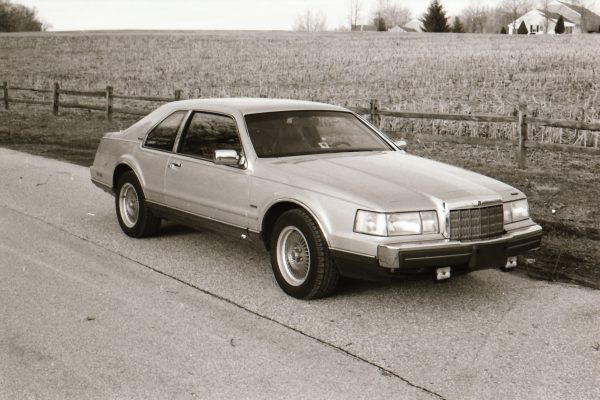Review originally published in Road and Track Specials 1994 Buyers Guide
You can see it in their eyes, from the round-eyed wonder of little boys, to the furtive glances of older males who don’t want you to know they’re looking, to the stares you get from women wanting to know just what is that car you’re driving. That’s the effect the Toyota Supra has on people.
And that’s just it’s looks. If it did nothing but sit in your driveway it would be a helluva piece of sculpture. But oh, baby, this one goes, stops and handles. Toyota’s flagship is not only the top-performing Toyota, it also beards many a lion right in its own high-performance den.
The Supra, now in its second model year after a January 1993 introduction, is by definition a 2+2 sports GT. It comes with either a powerful naturally aspirated inline-6 or a very powerful turbocharged inline-6. A solid or targa-type Sports Roof gives four basic permutations, not counting the two transmissions available for each engine. The base engine mates to either a 5-speed manual or a 4-speed automatic. A 4-speed automatic is optional with the turbo; the standard gearbox is a slick 6-speed. The turbo engine gets its 320 bhp of grunt from two sequential turbochargers, also twisting its output shaft to the tune of 315 lb-ft of torque.
A racecar -like double-wishbone suspension at all four corners mates with the Turbo’s 235/45ZR-17 tires at the front, 255/40ZR-17s at the rear, on alloy rims 8.0 and 9.5 in. wide respectively. The base car gets slightly narrower tires and wheels. Four-wheel 4-channel anti-lock brakes are standard on the Turbo, as are the four-wheel disc brakes. Base Supras feature smaller brake rotors, with ABS optional.
Nothing is superficial about the Supra. Even its killer styling has a coefficient of drag from 0.31 to 0.33, depending on model. The scoops in the rear fenders cool the rear brakes and differential (limited-slip on the Turbo), and the rear wing keeps the rear wheels planted at speed.
It’s difficult to describe the Supra without resorting to superlatives. And it’s certainly not enough just to look at a Supra. You must drive one. But be forewarned. The Supra is addictive, and a single test drive may leave you with eyes for nothing else.
Prices, 1994, MSRP: Supra, $36,900; Sports Roof. $38,000; Turbo, $44,100; Turbo Sports Roof, $44,100. Price guides now show that a Turbo in “good” condition worth $70,000-80,000, with best conditiion cars going for multiples of that figure. Take that, “Japanese cars will never be worth anything to collectors.”
The rear wing was available on either Turbo or standard models, though no records of how many of each were installed, plus some had the wing dealer installed. The general opinion among Supra owners is that the 1993 models came from the factory wing-free because Toyota was uncertain how the wing would be perceived by the buying public. Later Turbo models came with wings standard.
The Supra was part of a rash of high-performance, high-price sports coupes from Japan in the ’90s, including the Nissan 300ZX, Mitsubishi 3000GT, Mazda RX-7, and Acura NSX. Of these, only the 300ZX and NSX have continued to date…except the NSX went out of production after 2022, returning perhaps as all-electric in 2026. On the other hand, the Supra returned in 2019.

















I rode with my coworker in his Supra on a business trip. It was FAST.